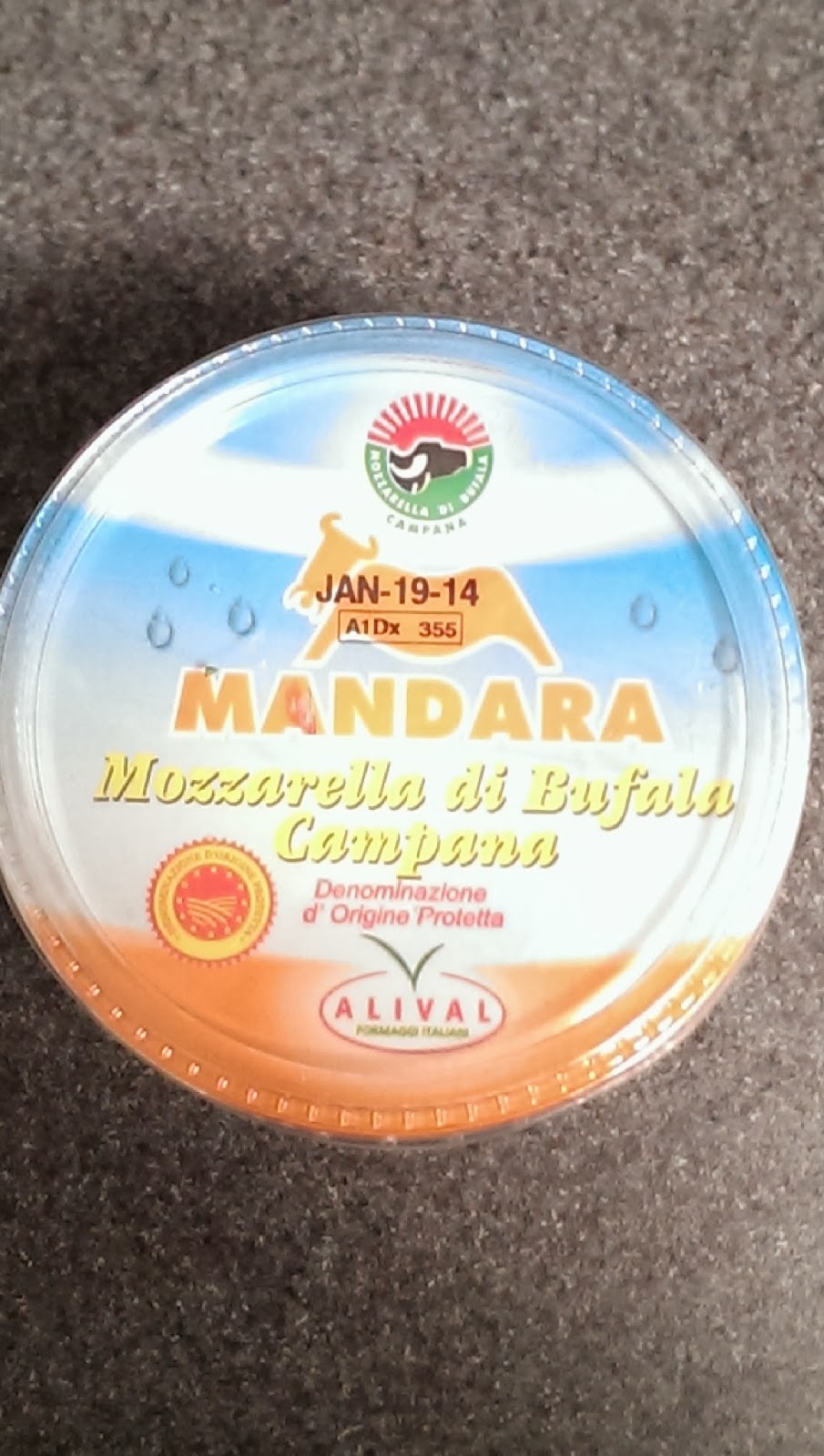Falanghina is an ancient varietal found exclusively in Campania. It is cultivated near the shores of Naples making it a natural pairing for the bounty of seafood dishes found in the area. Another interesting fact is that Campania is known for its farms and livestock, particularly cattle and buffalo. Fresh cheeses, like mozzarella, are widely produced. Mozzarella di Bufala (mozzarella made from buffalo milk) is especially prized. While researching falanghina I learned that it is often paired with this cheese so I decided to give it a try. Finding the cheese proved a bit more difficult than I imagined but after 2 days and 3 stores I was successful.

2012 Taburno Falanghina del Sannio
Aromas of peach, melon, and citrus zest. Fruit forward on the palate with a finish of wet pebbles. The peach and citrus really shine and pop in this wine.

2012 Feudi di San Gregorio Falanghina
Apricot/stone fruit aroma, tropical fruit
Slightly honeyed
Grapefruit, orange blossom
High tart acid...like sour candy
Tangerines and grapefruit
Jasmine
Reminds me of chewing on sweet tarts
Both wines are from the Sannio DOC, a hilly region north of Naples near the regions of Avellino and Benevento.
I was so excited to find actual Mozzarella di Bufala from Campania...who needs to travel anyway? The cheese is very soft, fresh, and mild. Imagine a creamier, more intensely milky mozzarella. I cut it into rounds, drizzled with olive oil and served on crisp bread to enjoy with my falanghina. I have to say the pairing was not to my taste. The delicate cheese is overwhelmed by the zesty fruitiness of the falanghina. Even so it was truly a transporting experience.
Now we come to Greco di Tufo. First off the varietal is technically just greco; Tufo is the town near where the grapes are grown. The word tufo also refers to the soil type in the area which is called tuff. Tuff is formed with volcanic ash that over time becomes a sort of rock. This gives you an idea of the crumbly, mineral-rich soil the greco is growing in. The name greco is thought to be derived from its possible Greek heritage. The grape is found in other regions and there are other grapes, not genetically linked, also called greco. I can only speak for the greco di tufo from Campania that I bought the other day to take for a night out with friends. I knew I made the right choice when my friends were greedily hoarding the bottle at the dinner party.
The grape is super versatile and I found that it complemented the simple roasted chicken and potatoes my friend's family had prepared, but I could imagine having it with grilled shrimp or semi-soft cheeses.
Steely yet floral, the timid bouquet betrays the expressive palate. Citrus, honeysuckle, and slate with a bracing acidity.
Do you have a favorite wine from Campania? I think you should!


No comments:
Post a Comment